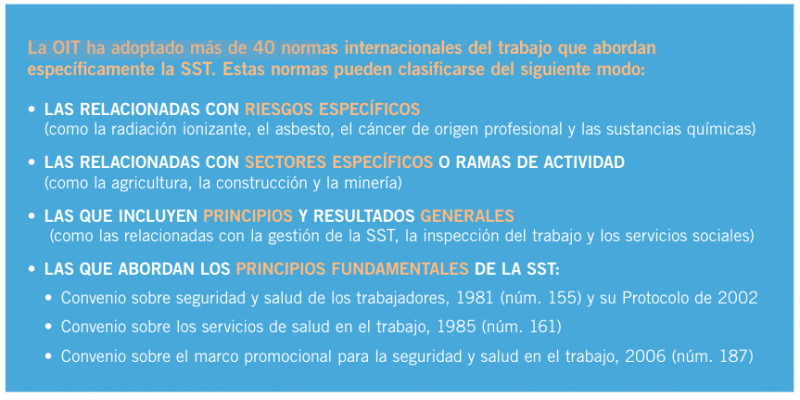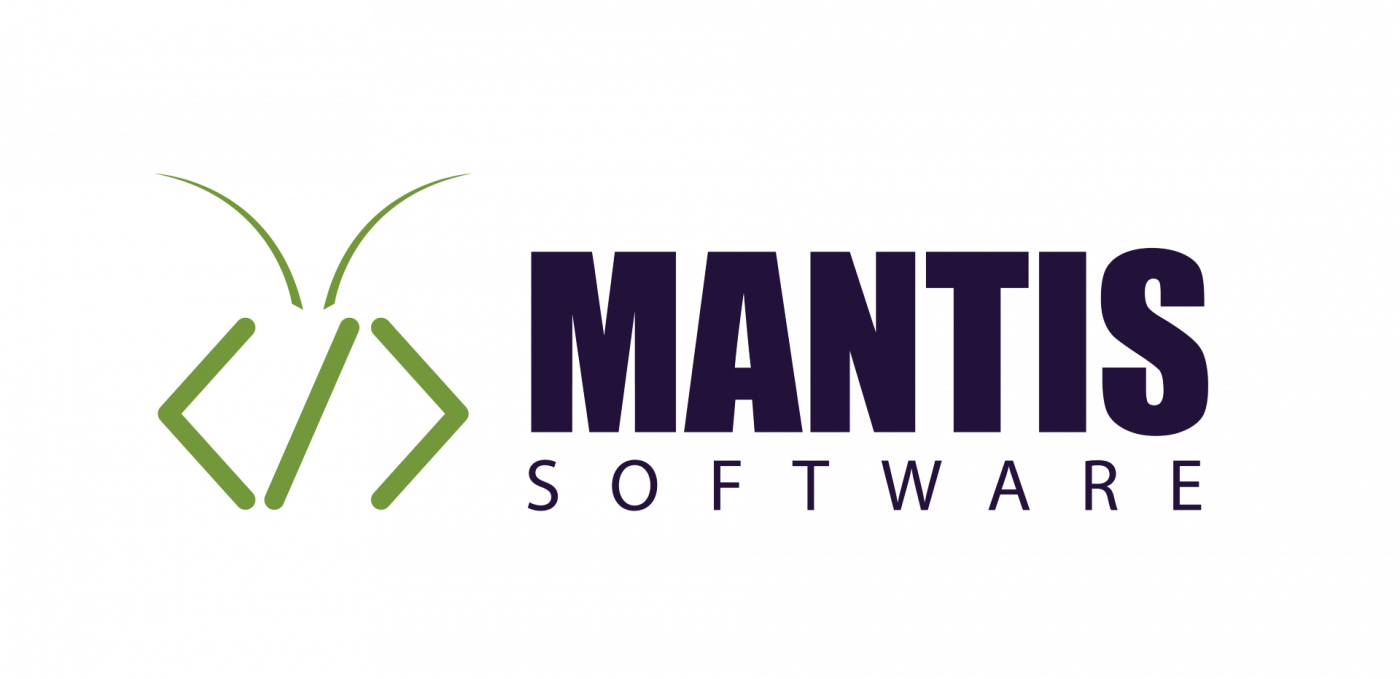SAFETY AND HEALTH IN THE CENTER OF
FUTURE OF WORK
Leverage 100 years of experience

Every year, 2.78 million workers die from work accidents and occupational diseases (from
Of these, 2.4 million are related to illnesses) and 374 million suffer work-related accidents.
In addition to the economic cost, there is also an intangible cost, not captured by these figures, of unmeasurable human suffering caused by poor occupational safety and health (OSH) conditions. This is sad and regrettable because, as research and practice have repeatedly shown over the past decade, this suffering is largely preventable. Psychosocial risks, work-related stress and non-communicable diseases are of increasing concern to many workers around the world. At the same time, many workers continue to face persistent OSH risks and it is important not to forget these as the world of work continues to change.
As we look to the future of OSH, we should also pause and reflect on the progress made in the past century. The ILO was founded on the concept of safe and healthy work, integrating OSH into its foundations. While its response to the challenges posed by OSH has evolved over time, the adoption and promotion of OSH-related instruments has remained central to ILO activities. Today, alongside major ILO declarations,
There are more than 40 instruments that specifically address OSH.
Another prominent feature of the ILO's work has been the development of codes of practice, which provide guidance on OSH in various economic sectors and on specific hazards, as well as the development of guidelines on OSH management systems and monitoring.
of workers' health. The desire to create a culture of prevention has given rise to numerous technical publications as well as training packages on OSH to protect and promote the safety and health of workers around the world.
WHAT DOES THE PRESENT AND FUTURE OF WORK HOLD FOR OSH?
- TECHNOLOGY
Rapid technological advances impact virtually every aspect of the world of work. Digitalisation, robotics and the use of nanotechnology, among other developments, have revolutionised the workplace while raising serious OSH concerns. Increased digitalisation, for example, has provided the opportunity to monitor workers in real time to reduce hazardous exposures, but the collection and recording of sensitive personal information has also reduced their privacy.
- DEMOGRAPHY
The global workforce is constantly changing. In certain regions the youth population is increasing, while in others the population is ageing. Gender gaps in the labour market persist in both developed and developing countries, with women more likely to participate in the labour market.
in atypical forms of employment and on online work platforms from their own homes. While home-based work can remove women workers from hazardous workplaces, the lack of OSH supervision in non-formal settings can lead to specific risks. In sedentary and repetitive jobs, women increasingly suffer from musculoskeletal disorders and are at greater risk of developing such disorders than men performing the same tasks.
3. SUSTAINABLE DEVELOPMENT
Human-induced climate change is a major factor transforming the world of work. Air pollution from coal mining, for example, directly impacts the health of miners, but also indirectly affects the health of workers in other nearby industries and the local population. While increasing green jobs and industries will promote low-carbon societies and can reduce hazardous work in traditional sectors such as mining, green jobs can also lead to new and unknown risks, such as exposure to chemicals in the recycling sector.
4. CHANGES IN WORK ORGANIZATION
The demands of an increasingly globalised world have led to an increase in the number of workers with excessively long working hours and participating in atypical forms of employment, such as temporary work, part-time work, subcontracted work, irregular work, casual work, on-demand work or self-employment. The growth
The globalized platform economy has blurred the boundaries between work and personal life. On the one hand, it has reduced the stress associated with commuting and increased worker autonomy, but on the other, it has created new psychosocial pressures for workers trying to balance the demands of work life with family responsibilities.
WHAT MEASURES ARE BEING TAKEN IN THE FIELD OF OSH TO RESPOND EFFECTIVELY TO THESE?
TRANSFORMATIONAL CHALLENGES AND OPPORTUNITIES?
With new technologies, demographic changes, climate change and different forms of employment and work organization shaping the world of work, it is and will be more important than ever to anticipate new and emerging risks to work-related safety and health. Anticipation of risks is a crucial first step to effectively manage them and to build a culture of OSH prevention adapted to a constantly changing world. Practices for doing so include forecasts, technological assessments and prospective studies, which allow the identification of potential risks to safety and health and the formulation of effective prevention actions. An interdisciplinary approach to OSH could bring together disciplines such as legislation (public policy and labour legislation); task design (engineering, ergonomics, software and automation); tools (technology, engineering, and automation); healthtech or health technology, and sensors); the environment; physical and social effects (public health, nutrition, physical activity and demographics); the nature of people (psychology, sociology and economics); medicine and neuroscience; the organization of work, and human resources.
There is a growing need to integrate OSH into the education of all people before they enter the world of work and to continue it throughout their working lives. Integrating OSH into general education and vocational training programmes can help build future generations of workers who perform their tasks in safer and healthier conditions. Promoting lifelong learning about OSH can help workers and employers to become aware of new and ongoing OSH risks, thereby improving safety and health throughout working life.
WHAT ARE THE NEXT STEPS?
OSH does not end at work. The effects and outcomes of OSH also impact on the health and well-being of individuals in general, and on those of society as a whole. If work is considered as a determinant of health, then greater attention needs to be paid to the connections between OSH and public health, health promotion, prevention and management of emerging psychosocial risks, mental health disorders and non-communicable diseases.
In a constantly changing world of work, ILO instruments on OSH remain highly valid and relevant. Conventions and Recommendations are not only reviewed to ensure that they remain relevant and responsive to changing demands, but are formulated in such a way that they can be applied to the evolving challenges posed by OSH. The most recent OSH instruments highlight the importance of developing a culture of prevention in safety and health where the right to a safe and healthy working environment is respected at all levels.
Tripartite representation of governments, workers and employers is at the heart of ILO standards and labour instruments and effective social dialogue will remain crucial to addressing the safety and health concerns of the future, many of which are still unknown. As the workplace continues to transform, there will be an increasing need to expand partnerships and intensify collaboration with other actors such as civil society institutions, specialized non-governmental organizations, as well as training centres and public and private universities specializing in OSH.
The world of work is transforming before our eyes, providing unique opportunities and posing new challenges.
We cannot predict exactly what kind of technologies will exist in the future, how they will be integrated into the world of work and what impact they will have, positive or negative, on OSH. Therefore, our responses to this unknown transformation must evolve in an inclusive and focused in people, highlighting the importance of lifelong learning and development continued development of skills.
A people-centred approach to OSH for the future of work requires innovative investments in people’s capabilities to enable them to acquire and update their skills and to support them in the transformations they experience throughout their lives. Incorporating OSH education and training into lifelong learning can help workers and employers adapt to new, emerging and persistent safety and health risks, as well as improve OSH outcomes at work.
In January 2019, at the beginning of the ILO Centenary celebrations, the Global Commission on the Future of Work recommended the establishment of a warranty universal labor, which includes fundamental workers' rights, an 'adequate living wage', maximum limits on working hours and the warranty of safe and healthy workplacesThe Commission also urged the recognition of health and safety in Work as a fundamental principle and right to work.
While the road ahead presents many challenges for OSH, it is important that governments, employers and workers, and other stakeholders seize the opportunities that arise to create a safe and healthy future of work for all. Now is the time to act.
Source: file:///Users/ernestoiturralde/Downloads/wcms_680412-2.pdf


